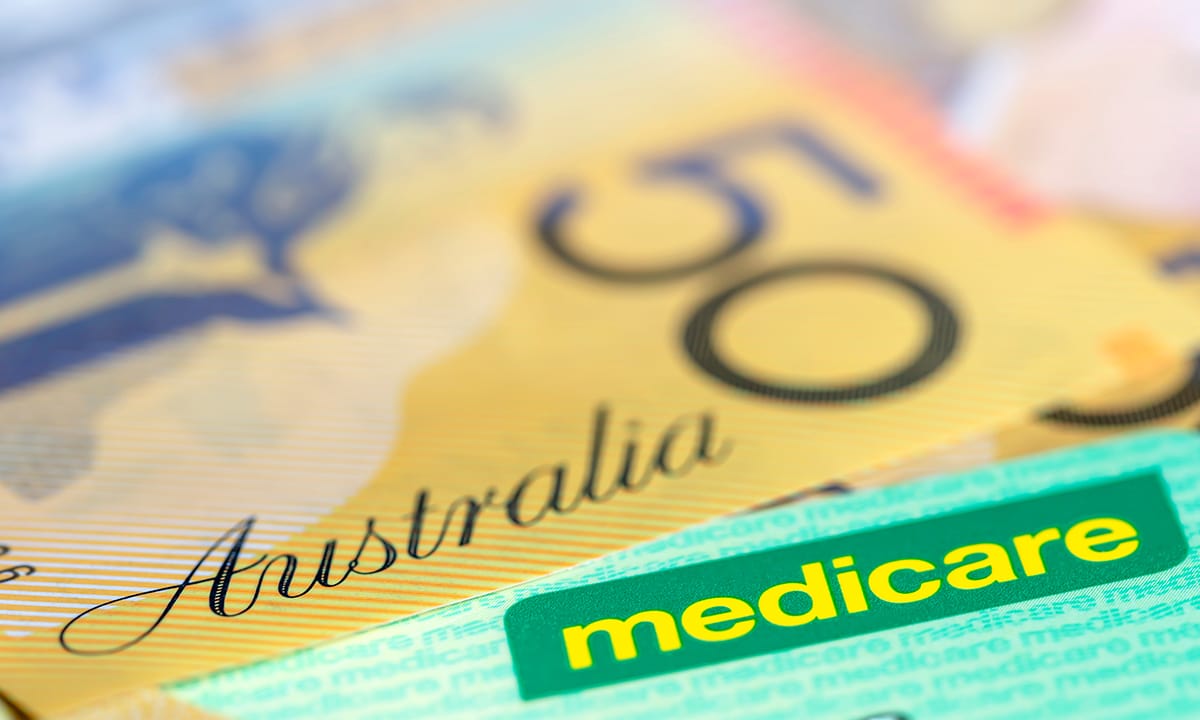Australian national holidays are far more than just days off—they are cultural markers, historical commemorations, and reflections of the nation’s evolving identity. From festive celebrations like Australia Day to solemn moments of remembrance such as ANZAC Day, these holidays play a vital role in shaping how Australians understand their past, celebrate their present, and envision their future. Each national holiday reflects a unique facet of Australian life, offering moments for unity, critical reflection, and community engagement. According to the Australian Government, public holidays are designated across both national and state levels, with varying degrees of civic, cultural, and economic significance.
Take Australia Day, observed annually on January 26, which commemorates the 1788 landing of the First Fleet at Port Jackson. It is recognized officially as the country’s national day by the Australia Day Council, and in 2023, more than 10 million Australians participated in community events nationwide. However, for many Indigenous Australians, this date marks the beginning of dispossession and suffering. The dual meaning of the day has sparked widespread debate, as highlighted by civic discussions on platforms like ABC News. National sentiment is gradually shifting, with growing support to change the date in order to promote greater inclusion and reconciliation.
In stark contrast to the festivity of Australia Day, ANZAC Day, observed on April 25, is a solemn commemoration of Australian and New Zealand soldiers who fought at Gallipoli and in subsequent military conflicts. Over 35,000 people attended the 2023 dawn service at the Australian War Memorial, and thousands more gathered at local memorials across the country. Schools, veterans’ groups, and civic institutions unite to honour the ANZAC spirit of courage, mateship, and sacrifice. The importance of ANZAC Day is deeply entrenched in national identity, with surveys by the Australian Institute indicating that more than 85% of Australians consider it vital to cultural heritage.
Another intriguing observance is the Queen’s Birthday, typically celebrated in June across most states, and in September or October in Western Australia. While its date has little to do with the monarch’s actual birthday, it continues to reflect Australia’s constitutional monarchy. The holiday is marked by the annual honours list published by the Governor-General’s Office, as well as major sporting events like the AFL match featured on AFL. Following the transition from Queen Elizabeth II to King Charles III, the relevance of the holiday is being re-evaluated by a growing republican movement within Australia, as discussed on SBS News.
Beyond major national commemorations, Australians enjoy a rich array of public holidays that shape work-life balance and travel habits. Whether it’s Labour Day, Easter, or the uniquely Victorian Melbourne Cup Day, these holidays offer critical moments of pause for the workforce. According to Tourism Australia, long weekends generate billions in domestic travel spending annually. Meanwhile, inclusive events like NAIDOC Week, promoted by NAIDOC, are gaining national attention for celebrating Indigenous culture, language, and history—making the landscape of Australian holidays even more representative and vibrant.
Australia Day: Celebration and Controversy
Historical Significance of Australia Day
Australia Day, observed on January 26, marks the landing of the First Fleet in Sydney Cove in 1788. It is officially recognized as the national day, celebrating the foundation of modern Australia. However, for many, particularly Indigenous Australians, this date symbolizes the beginning of colonization and the suffering of their communities.
Nationwide Events and Participation
Australia Day is celebrated across all states and territories with fireworks, parades, and community festivals. According to the Australia Day Council, over 16,000 events were held nationwide in 2023, involving more than 10 million participants. The day is also known for citizenship ceremonies, where thousands become new Australian citizens.
Controversy and Indigenous Voices
While some see it as a unifying national celebration, many Indigenous Australians refer to January 26 as “Invasion Day.” A 2022 survey by Essential Media showed that 54% of Australians supported changing the date to better reflect a more inclusive history. Debates continue about how to respectfully commemorate Australian national holidays like Australia Day.
Economic and Tourism Impact
Australia Day also boosts local economies. In Sydney alone, the event generated over AUD 42 million in economic activity in 2023. Tourism Australia reports a 9% spike in domestic travel bookings around this date, making it one of the most significant Australian national holidays from an economic perspective.
Changing Perceptions Over Time
Public perception is gradually shifting. In 1994, it became a public holiday nationwide, and since then, discussions have intensified around its meaning. Educational campaigns and cultural events are being used to bridge divides, promoting both historical awareness and unity.
ANZAC Day: Honouring the Spirit of Sacrifice
The Origin of ANZAC Day
ANZAC Day, held on April 25, commemorates the Australian and New Zealand Army Corps’ landing at Gallipoli in 1915. It has evolved into a day of remembrance for all Australians who served and died in wars, conflicts, and peacekeeping operations. It is one of the most solemn Australian national holidays.
Ceremonies and Community Participation
Dawn services and ANZAC marches take place across the nation, with attendance growing each year. In 2023, the Australian War Memorial in Canberra saw more than 35,000 attendees at the dawn service. Local RSL branches organize events involving veterans, students, and community leaders.
Educational and Cultural Role
Schools play a crucial role in commemorating ANZAC Day. Nearly 8,500 schools held ceremonies in 2022, promoting education on sacrifice, courage, and national identity. The ANZAC legacy is embedded in school curriculums and national consciousness.
Media and Public Engagement
ANZAC Day receives extensive media coverage, with major TV networks broadcasting live from Gallipoli and local ceremonies. According to Nielsen ratings, over 1.2 million Australians tuned in to the ABC broadcast in 2023. The national broadcaster also provides documentaries and interviews that highlight personal stories of service.
Impact on National Identity
ANZAC Day is a cornerstone of Australian identity, embodying values like mateship and perseverance. A 2022 survey by the Australian Institute found that 85% of Australians believe the day is important to national heritage, underscoring its enduring relevance among Australian national holidays.
Queen’s Birthday and the Legacy of the Monarchy
Date Variations Across States
The Queen’s Birthday is celebrated on different dates across Australia, typically in June, except for Western Australia, which observes it in September or October. The holiday does not reflect the actual birthday of Queen Elizabeth II but maintains a longstanding tradition tied to British heritage.
Public Celebrations and Ceremonies
Though less ceremonious than other Australian national holidays, the Queen’s Birthday includes official award announcements and community honours. In 2023, over 1,100 Australians were recognized for contributions to society in the Queen’s Birthday Honours List.
Sporting Events and Popular Culture
The holiday weekend is popular for sporting events, particularly in Victoria, where the AFL hosts marquee matches. The 2023 Queen’s Birthday AFL match between Melbourne and Collingwood drew over 78,000 spectators at the MCG, reinforcing the day’s cultural significance.
Debate Over Relevance Post-Monarchy
Following the passing of Queen Elizabeth II in 2022, questions have arisen about the holiday’s relevance under King Charles III. A 2023 poll by Roy Morgan revealed that 46% of Australians support becoming a republic, suggesting future shifts in how such holidays are observed.
Monarchy and National Identity
Despite evolving views, the Queen’s Birthday remains a reminder of Australia’s constitutional ties to the British Crown. The holiday provides an opportunity to reflect on governance, history, and evolving national values—core themes within Australian national holidays.
Public Holidays and Their Impact on Australian Culture
Variety of National and State Holidays
Australia observes a range of public holidays beyond national days, such as Labour Day, Easter, and Christmas. While some holidays like ANZAC Day are observed nationwide, others vary by state. For instance, Melbourne Cup Day is a public holiday only in Victoria.
Work-Life Balance and Productivity
Public holidays contribute significantly to work-life balance. According to ABS data, Australia averages 10 national public holidays per year. A 2022 Deloitte report found that these breaks increase worker satisfaction and reduce burnout, positively impacting long-term productivity.
Economic Costs and Benefits
While holidays boost tourism and retail sectors, they also come with costs. The Productivity Commission estimated in 2021 that public holidays reduce national output by AUD 2.7 billion annually. However, retail sales during long weekends often see a 15-20% spike.
Cultural Significance and Inclusion
Holidays such as NAIDOC Week, though not officially public holidays, highlight Indigenous culture and history. In 2023, over 300,000 people participated in NAIDOC events nationwide, showing a growing interest in broadening the scope of Australian national holidays to include diverse cultural celebrations.
Tourism and Travel Patterns
Tourism Australia notes that long weekends are prime time for domestic travel. For instance, the Easter 2023 holiday saw 2.9 million Australians take overnight trips, generating AUD 2.1 billion in spending. This trend demonstrates the strong link between Australian national holidays and travel culture.




